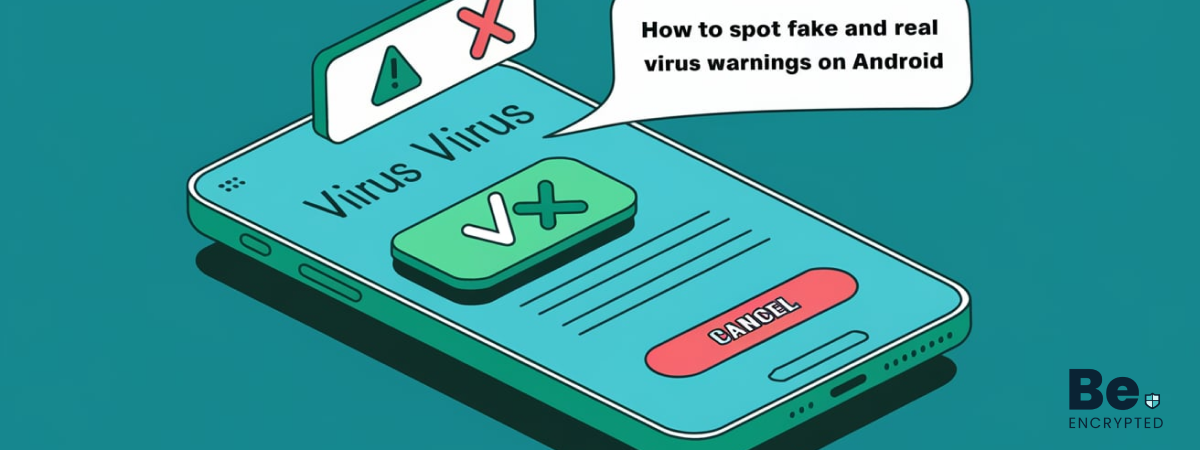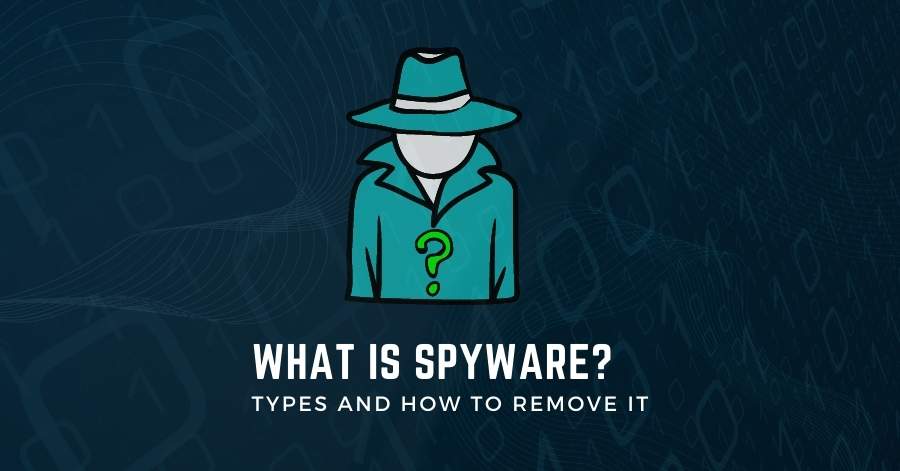As a business owner, your e-commerce site is your virtual brick-and-mortar store. It’s how you connect with customers, clients, and prospects alike.
It’s also often the first experience and impression a user has with your business. However, if your website comes under a malware attack, many things could go wrong. A malware attack is one of the most significant threats business owners face on several fronts. In 2020 more than 40% of retailers fell victim to a ransomware attack, one of the most prevalent types of malware attacks present nowadays.
Any website falling victim to a malware attack can face significant losses. From a loss in Google ranking, losing customer trust and respect, or even having to pay substantial sums of money as ransom.
Therefore, it is essential to understand and adopt reliable website security practices to avoid a potential IT issue or damage to your company’s reputation.
How does Malware impact Website Security
It’s estimated that only 44% of all website traffic comes from actual humans. The other 56%? That includes bots, hacking tools, spammers, impersonators, and scrapers. Therefore, your likelihood of falling victim to a malware attack is significantly higher than you might expect. Malware can substantially alter the working and appearance of a website and could cause the following damages:
Redirect visitors
Website redirects are one of the most common impacts of a malware attack. 17% of all malware infections cause visitors of an infected site to be redirected to a malicious website. In turn, the malicious websites steal user credentials or other personal information such as credit card details to cause financial damages.
Create backdoors for other cybercriminals
After infecting a website, malware often creates backdoors or access entry points for other cybercriminals, allowing them continued access to the website. The cybercriminals can then exploit this access to expose customer-sensitive information, alter the original site’s appearance or use it to launch malware attacks further.
They significantly decrease website traffic
Google and other search engines regularly go through checkups to ensure every listed website is safe and malware-free. For any malware-infected webpage, the search engines blacklist it and put a warning over it to protect visitors from the malicious content. It, therefore, results in a significant drop in website traffic, impacting the business.
Therefore, it’s critical to keep website security top of mind and have answers to these and other questions:
- Does your hosting service maintain updated software to stay ahead of threats?
- Does your service provider offer regular backups?
- Does the hosting service have a verifiable track record?
Utilizing a secure server and pairing it with a trustworthy third-party scanning software is critical in keeping your website free of malware.
How do I Scan my Website for Malware
Since malware is designed to cause potential, long-term damage to your website, these attacks are often sneaky. Your website might often be infected with malware, and you might remain unaware unless you see a significant drop in website traffic or get warnings from Google or other popular search engines. Therefore, regularly scanning your website for malware is crucial to mitigate such risks.
To scan your website for malware, you’ll need to utilize a remote security scanning tool. These tools are generally free to use once or can be accessed through a limited-time free trial. However, consider paying for a service that regularly scans your site and sends you reports to maintain the best security. Ensure the service you choose identifies the type of malware you are dealing with and helps you undo any damage the malware may have caused to your website. Doing so will help give you greater peace of mind.
How can I Remove Malware from my Website
If your website has been infected with malware, you’ll want to remove it immediately. While there are manual ways to remove that malware from your website, the process is particularly tedious, especially when it comes to differentiating between malware and a website code. Moreover, malware is sneaky, and cyber criminals go to great lengths to hide them efficiently.
Amidst this, hunting down and deleting malware while combing through several codes can be tedious. Additionally, since most malware installs backdoors, your site might immediately get a malware infection after you have tediously worked to remove it.
Therefore, if you are not a tech-savvy person, you can merely enlist the help of a malware removal tool. It is crucial to verify that the tool you choose will help restore your website to its pre-malware functionality and scan your website regularly.
Bottom line: Make sure your malware removal solution has a strong track record for helping businesses, both large and small, with their website security, malware scanning, and malware removal needs.
Circumventing Malware Attacks Starts with you
Malware attacks on your website shouldn’t be taken lightly, as they can cause significant headaches, ranging from site glitches to security breaches. And with the web being inundated with bots and hackers, it’s not a matter of if your website will experience a malware attack, but when.
For this reason, be hyper-vigilant about your website security, from the hosting service you choose to the malware scanning software you trust to keep your website safe. Enlisting the help of a reliable website malware removal tool will ensure your customers, clients, and employees have the best user experience possible on your website.
Share this article
About the Author
Waqas is a cybersecurity journalist and writer who has a knack for writing technology and online privacy-focused articles. He strives to help achieve a secure online environment and is skilled in writing topics related to cybersecurity, AI, DevOps, Cloud security, and a lot more. As seen in: Computer.org, Nordic APIs, Infosecinstitute.com, Tripwire.com, and VentureBeat.
More from Iam WaqasRelated Posts

How to Spot Fake and Real Virus Warnings on Android
KEY TAKEAWAYS A few key signs can help you distinguish between real and fake Android virus warnings....

How To Check If Your Phone Is Being Tracked – 6 Common Signs To Check!
Mobile phone tracking is a very serious issue. It is one of the most invasive and potentially damagi...

What Is Spyware? Types and How to Remove it?
Most people have no idea what spyware is, let alone the different types of spyware. Spyware is malwa...

What is Keylogger – How to Find and Remove it Completely
KEY TAKEAWAYS Keyloggers are becoming a major problem as they secretly work in the background of you...

What Is Malware and Common Types – How To Prevent It?
Malware is a general term used to describe a variety of malicious software that can infect your comp...


